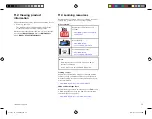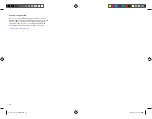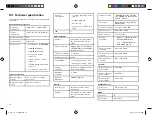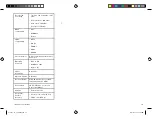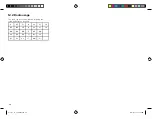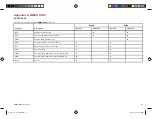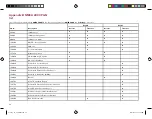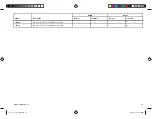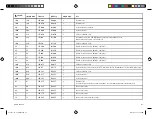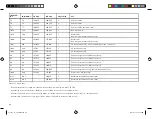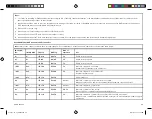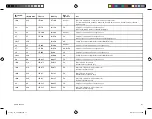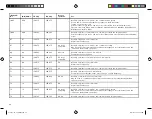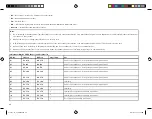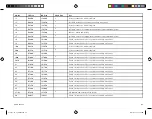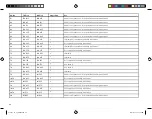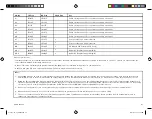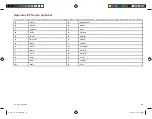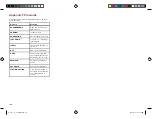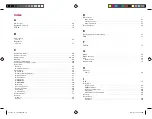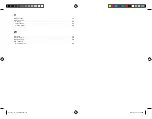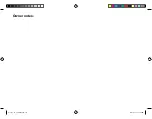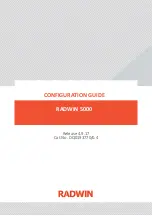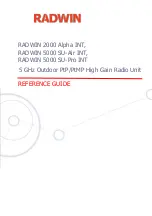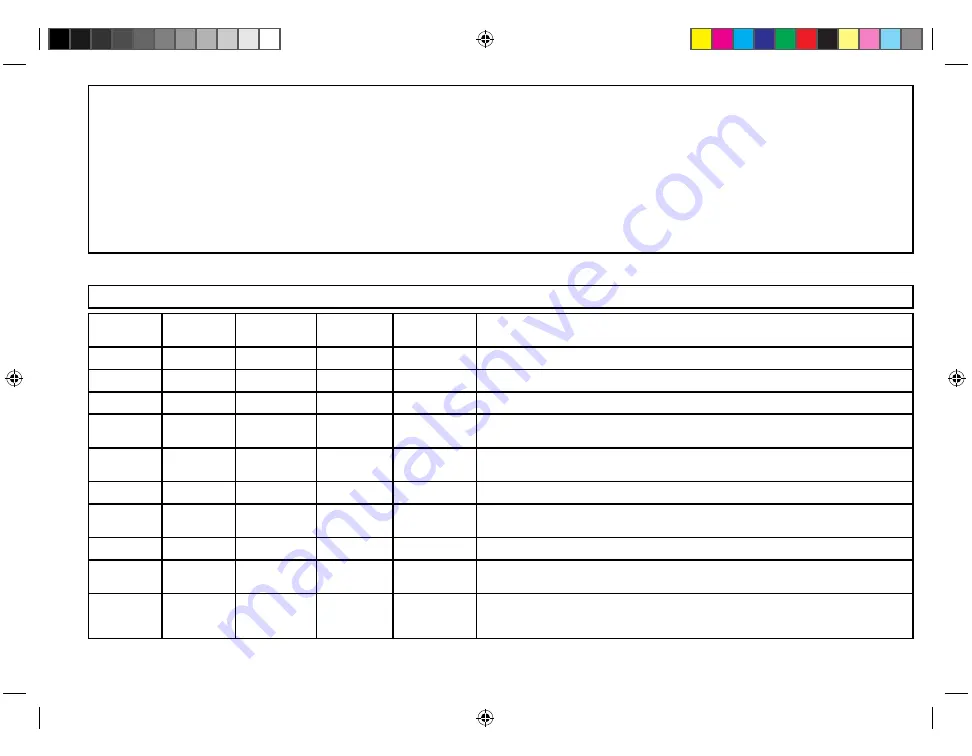
Note:
1.
The letter ‘A’ following a channel number indicates simplex use of the ship station transmit side of an international semi-duplex channel. Operations are different from
that of international operations on that channel.
2. Channel 13 should be used to contact a ship when there is danger of collision. All ships of length 20 metres or greater are required to guard VHF channel 13, in addition to
VHF channel 16, when operating within US territorial waters.
3.
Channel 15 is receive only.
4.
Channel 16 is used for calling other stations or for distress calls.
5. Channel 17 and channel 77 have a fixed power output of 1 watt.
6. Channel 13 and channel 67 have an initial power output of 1 watt. User can temporarily override this restrictions to transmit at high power.
Canadian Marine VHF Channels and Frequencies
Note: Some of the channel numbers have recently changed. For completeness, both old and new numbers are shown in the table below.
(New) CH
No.
(Old) CH No.
TX Freq
RX Freq
Area of
operation
Use
01
01
156.050
160.650
PC
Public correspondence.
02
02
156.100
160.700
PC
Public correspondence.
03
03
156.150
160.750
PC
Public correspondence.
1004
04A
156.200
156.200
PC
Intership, ship/shore and safety:
Canadian Coast Guard search and rescue.
1004
04A
156.200
156.200
EC
Intership, ship/shore and commercial:
Commercial fishing only.
1005
05A
156.250
156.250
Ship movement.
06
06
156.300
156.300
All areas
Intership, commercial, non-commercial and safety:
Maybe used for search and rescue communications between ships and aircraft.
1007
07A
156.350
156.350
All areas
Intership, ship/shore, commercial.
08
08
156.400
156.400
WC, EC
Intership, commercial and safety.
Also assigned for operations in the Lake Winnipeg area.
09
09
156.450
156.450
AC
Intership, ship/shore, commercial, non-commercial and ship movement.
Maybe used to communicate with aircraft and helicopters in predominantly maritime support
operations.
89
81377-1-en_US_PRINT.pdf 89
12/21/2017 9:05:38 PM

